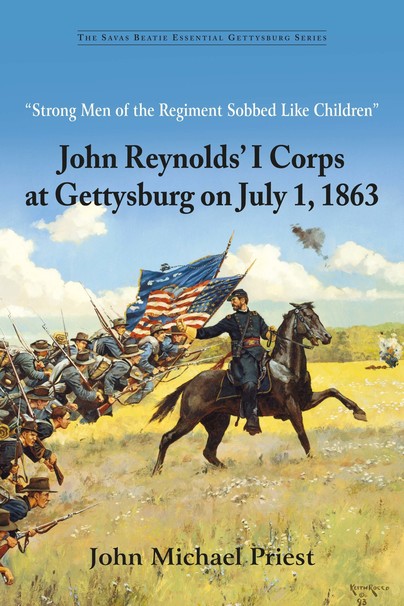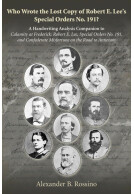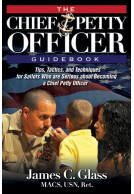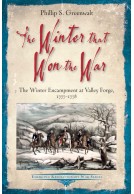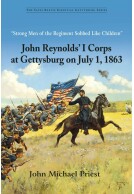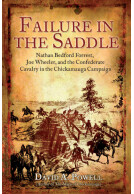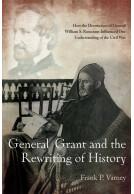Google Books previews are unavailable because you have chosen to turn off third party cookies for enhanced content. Visit our cookies page to review your cookie settings.
“Strong Men of the Regiment Sobbed Like Children” (Hardback)
John Reynolds’ I Corps at Gettysburg on July 1, 1863
Imprint: Savas Beatie
Pages: 438
Illustrations: 28 images, 19 maps
ISBN: 9781611216899
Published: 31st October 2025
Pages: 438
Illustrations: 28 images, 19 maps
ISBN: 9781611216899
Published: 31st October 2025
You'll be £29.99 closer to your next £10.00 credit when you purchase “Strong Men of the Regiment Sobbed Like Children”. What's this?
+£4.99 UK Delivery or free UK delivery if order is over £40
(click here for international delivery rates)
Order within the next 4 hours, 20 minutes to get your order processed the next working day!
Need a currency converter? Check XE.com for live rates
(click here for international delivery rates)
Order within the next 4 hours, 20 minutes to get your order processed the next working day!
Need a currency converter? Check XE.com for live rates
The fighting on the first day at Gettysburg, July 1, 1863, was heavy, confusing, and decisive. Much of it consisted of short and often separate simultaneous engagements or “firefights,” a term the soldiers themselves often used to describe the close, vicious, and bloody combat. Several books have studied this important inaugural day of Gettysburg, but none have done so from the perspective of the rank and file of both armies. John Michael Priest’s “Strong Men of the Regiment Sobbed Like Children”: John Reynolds’s I Corps at Gettysburg on July 1, 1863, rectifies this oversight.
When dawn broke on July 1, no one on either side could have conceived what was about to take place. Anticipating a fight and with a keen appreciation for terrain, Gen. John Buford deployed his Union cavalry in a giant arc north and west of Gettysburg to slow down any Confederate advance until Gen. John Reynolds could bring up his I Corps infantry. By the time the foot soldiers arrived, A. P. Hill’s heavy Confederate formations had pushed back the troopers from the west, and Dick Ewell’s Corps would soon arrive from the north, threatening the town and its key road network. Reynolds, who would die early in the fighting, poured his troops in as they arrived. The road system and undulating ground broke up command control, and the various ridges, tall ground cover, and powder smoke made target recognition difficult. Brigades and regiments often engaged on their own initiatives without the direction of a division or corps commander. The men of both armies fought with determination born of desperation, valor, and fear. By the time the fighting ended, the I Corps was in shambles and in pell-mell retreat for Cemetery Hill.
Priest, who the legendary Edwin Bearss hailed as “the Ernie Pyle of the Civil War,” spent nine years researching this new study and walking the ground of the first day’s fight to immerse readers into the uncertain world of the rank-and-file experience. He consulted more than 300 primary sources, including letters, diaries, memoirs, newspaper account, recollections, casualty lists, and drill manuals, to present the battle from the ground up. Nineteen detailed regimental maps illustrate the ebb and flow of the battle. The result is a fast-paced narrative with some events not always in agreement with conventional views, something Priest thoroughly explains in the footnotes.
Readers will close the book fully understanding why a veteran New Yorker spoke for the survivors of both armies when he wrote, “Strong men of the regiment sobbed like children.”
Other titles in Savas Beatie...







